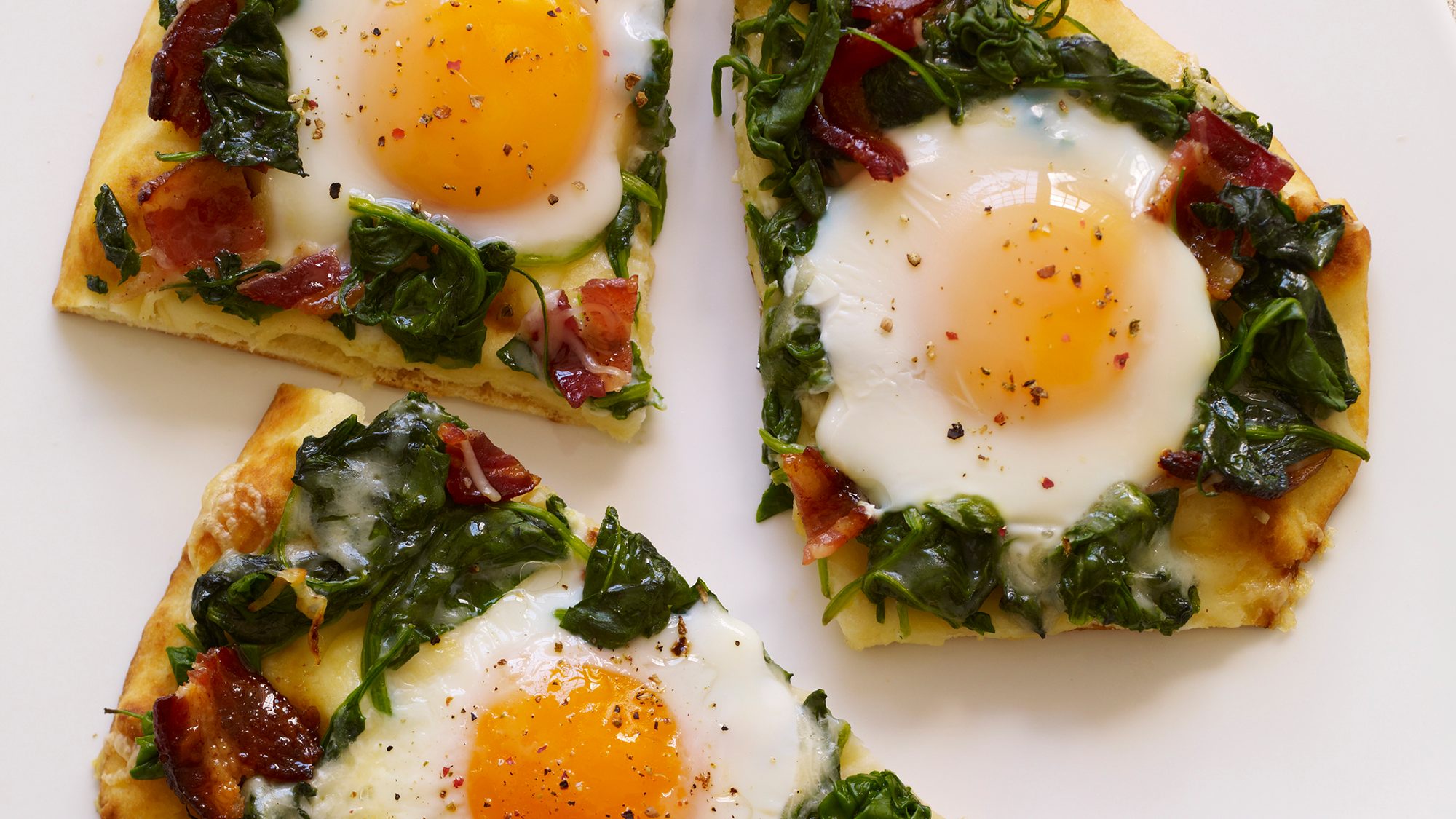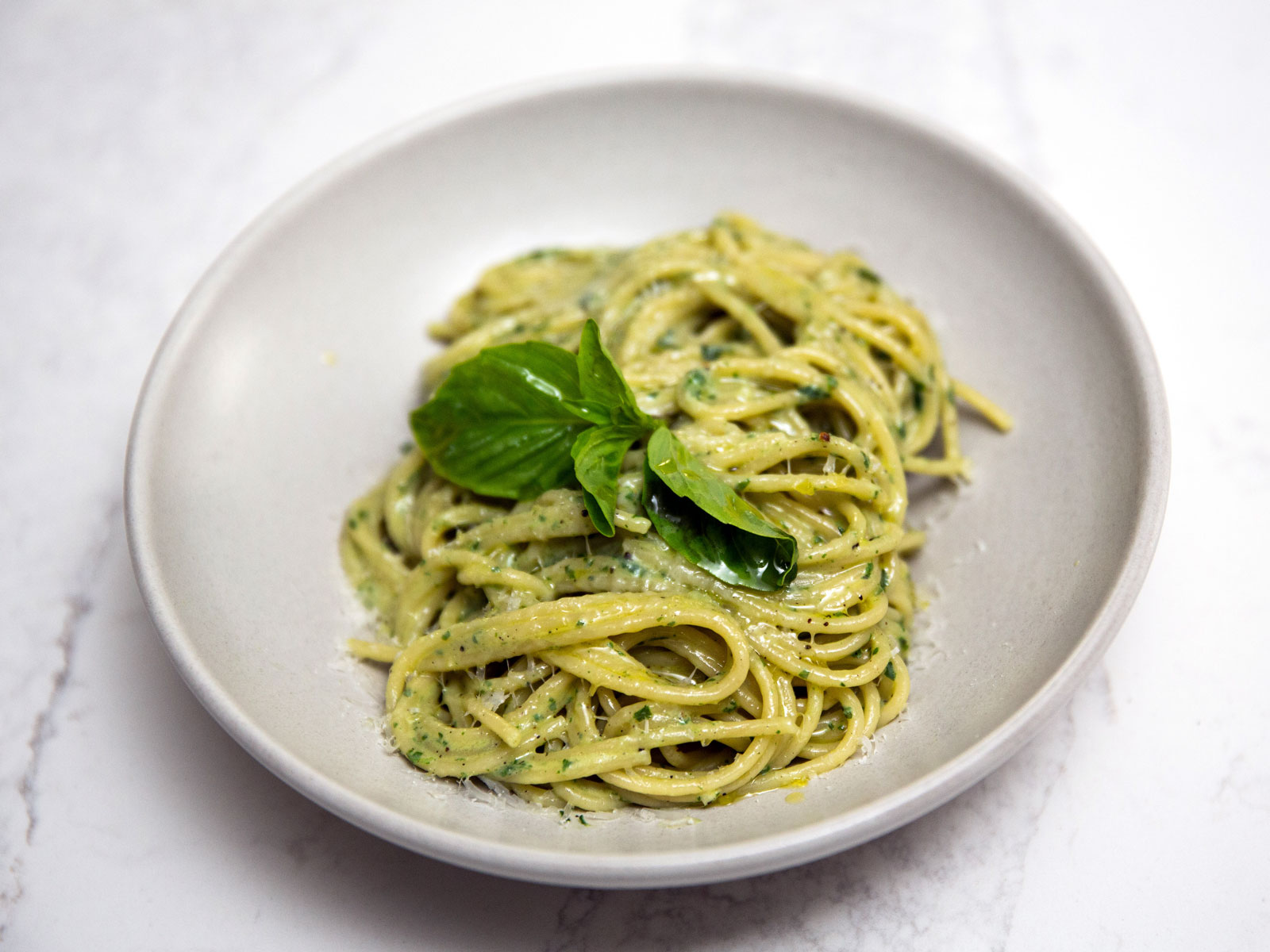If you're jumping on the grain train, let us introduce you to freekeh—it has plenty to offer. For those of us just wanting to try something new, or vegetarians who fill nutrition gaps with quinoa, freekeh may be a good substitution. Read on to find out what freekeh has for you.

What Is Freekeh?
Freekeh is typically a variety of young wheat that's treated with a natural process that gives the grain a nutty, smoky flavor. It's been used for centuries in the Middle East (Egypt, Jordan and Lebanon, especially) and thus is categorized as an ancient grain. The word "freekeh" (pronounced FREE-kuh) is derived from the Arabic word "to rub"—and technically, the term refers to the process, not the grain. Freekeh is usually young durum wheat, or "green wheat." The green wheat is harvested while it's still tender, then dried and roasted. When the grain is roasted, the chaff and straw burn and are then rubbed off—which is where it gets its name. It's then left whole or cracked to shorten the cooking time.

Cooking Freekeh
Cooked, this grain is a lot like brown rice or bulgur. It has a chewy texture that makes great pilafs for Middle Eastern side dishes like tabbouleh (made with lemon juice and parsley) and other freekeh salads for summer, but it can also be used in fall soups and stews as a substitute for brown rice.
Cooking this grain is simple—cracked freekeh takes about 20 minutes to cook. Less commonly, the grains are left whole. For whole grains, just simmer for 40 minutes. (To know for sure, it's best to use the cooking directions from the package you're using.) If you want to make it freaky-fast, you can also make it in a pressure cooker. This grain is available at most grocery stores, and most brands now include directions for making it in a pressure cooker on the packaging.

Freekeh Nutrition
Loaded with protein and fiber, freekeh gives even "super grain" quinoa a run for its money. The two grains have very similar nutritional profiles (which means it might be time to start making some grain trades). Freekeh is the winner for dietary fiber with 8 grams per 1/2 cup dry, compared to quinoa's 6 g (and brown rice's 3 g). Both freekeh and quinoa have about 20% Daily Value of iron and 12 grams of protein for freekeh (amazing for a grain).
How to Store Freekeh
Cooked freekeh keeps well in the refrigerator in an airtight container for three days (or freeze for up to six months). Dried freekeh can be stored in an unopened package in a cool, dry pantry for about three months. Once opened, your best bet for keeping dry freekeh fresh is storing it in your freezer. The oils from the young wheat can turn rancid, changing the flavors from nutty to bitter and astringent.
This article was written by Rachel Roszmann from EatingWell and was legally licensed through the Industry Dive publisher network. Please direct all licensing questions to legal@industrydive.com.







